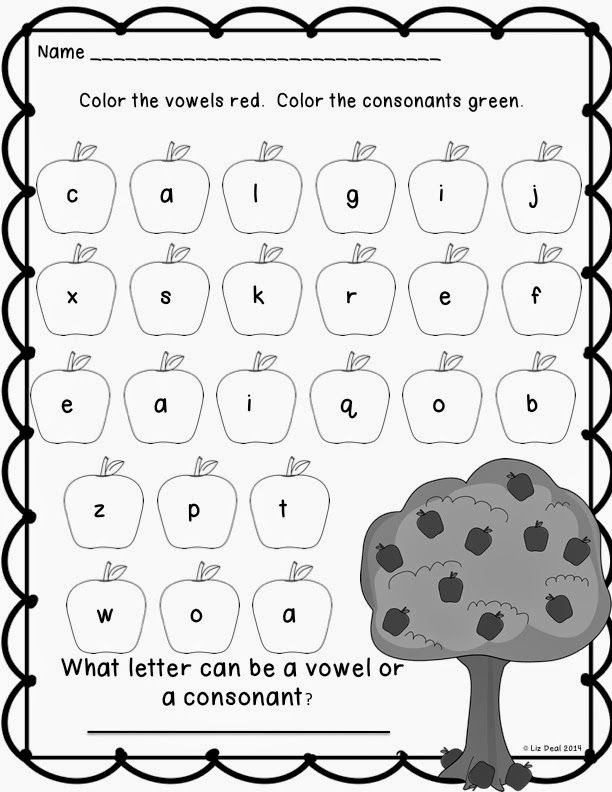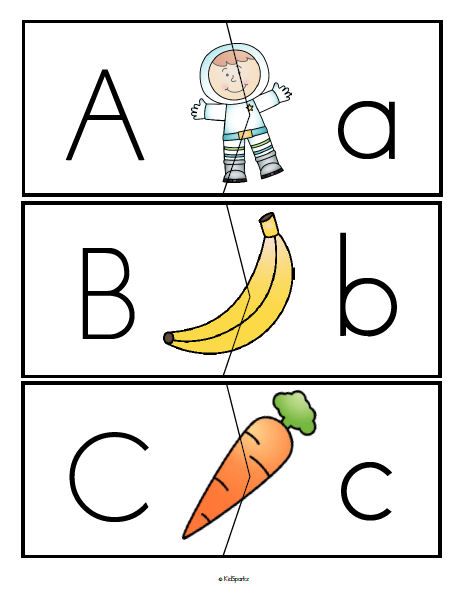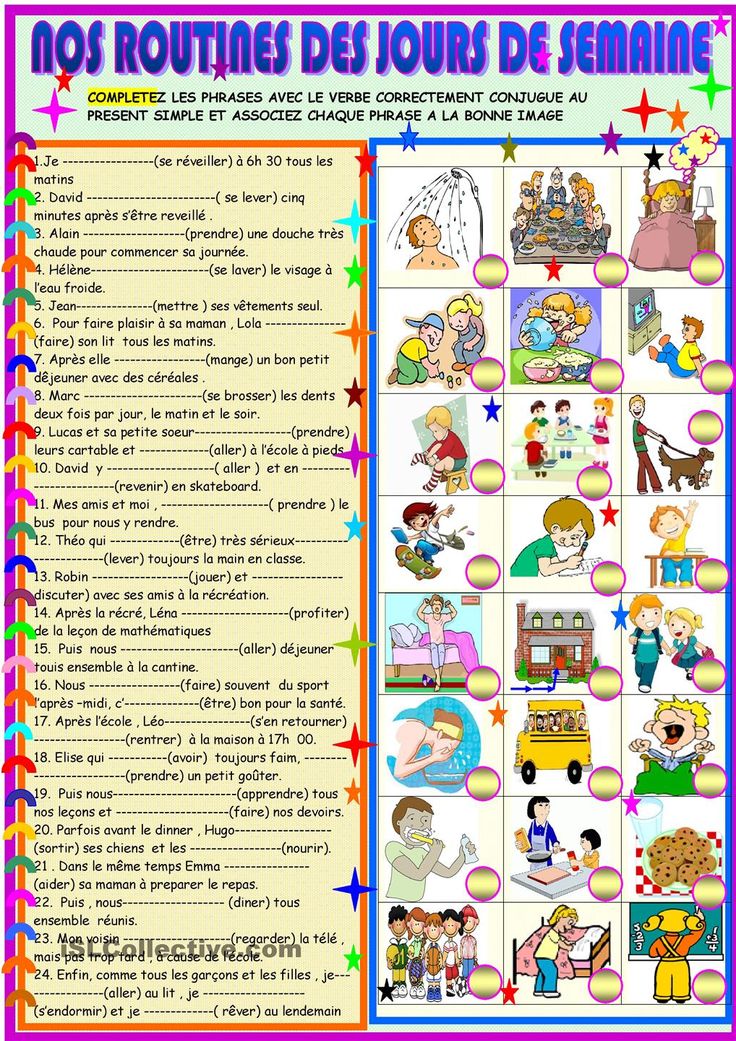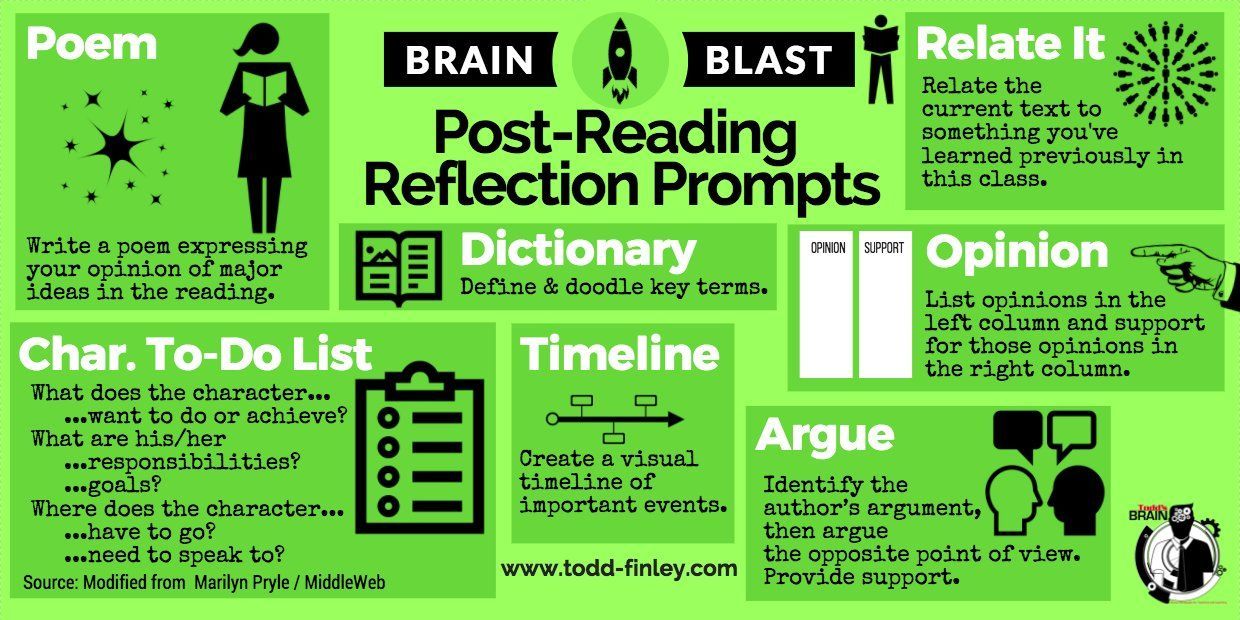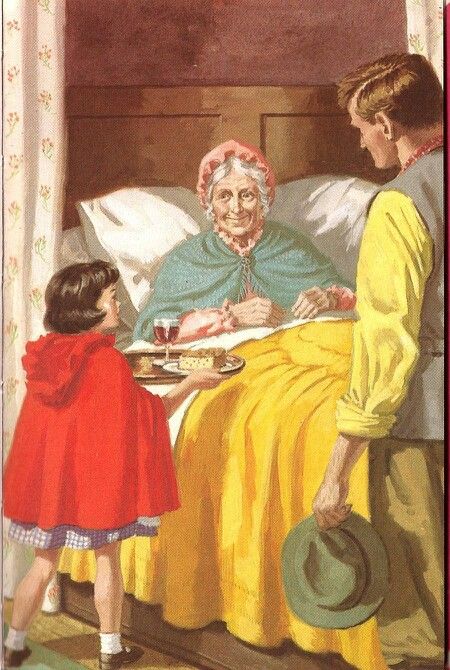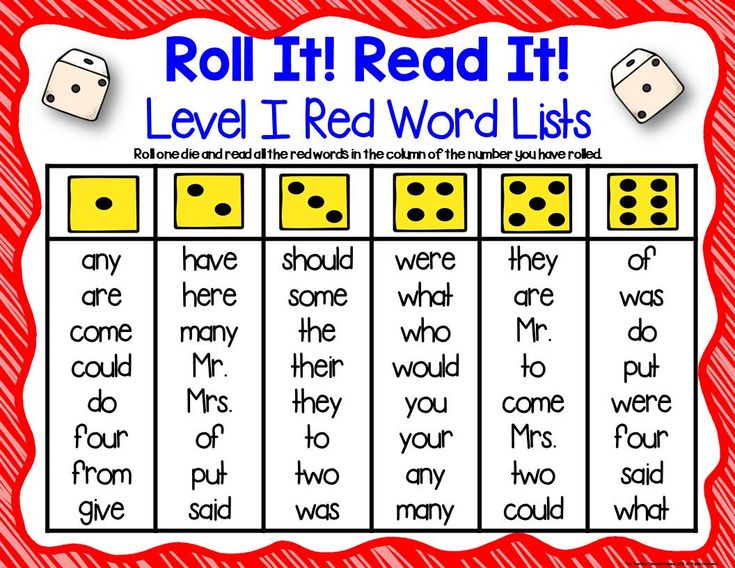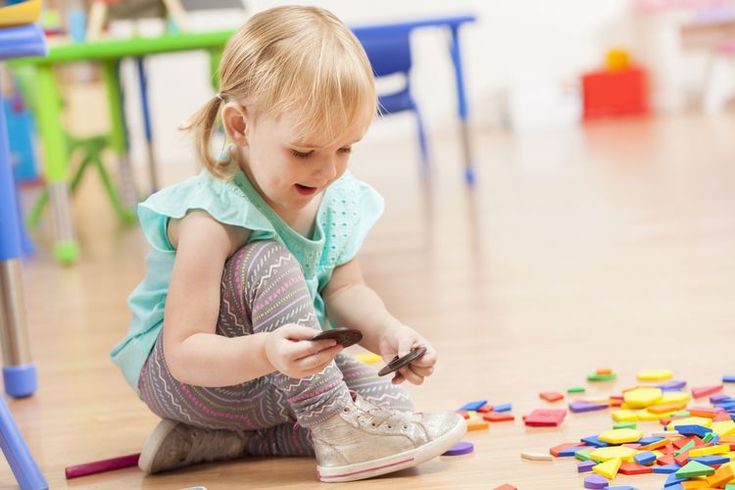Teaching alphabet to kindergarten
6 Tips For Teaching The Alphabet in Kindergarten
When it comes to teaching the alphabet in Kindergarten, it can still feel a little bit like throwing spaghetti at the wall. You try all the things hoping that one of them is the best way to teach the alphabet in Kindergarten and make it stick.
It doesn’t have to be that way, though!
These 6 tips for teaching the alphabet are tried and true for helping your kindergarteners learn the alphabet and letter sounds.
1. Introduce Letters By Their Sound
When it comes to reading, it’s important that students have a strong connection between a letter and its sound. We want our students to recognize that print represents sounds, and the best way to do that is to teach letter sounds first.
You might be thinking – how does that even work? How do I teach the letter sounds when I haven’t even shown students the letter yet?
Here’s what this looks like in my classroom:
When I introduce a new letter, I say, “We are learning a new sound today. That sound is /b/. Can you say /b/? /b/ like a bouncing basketball. Can you say /b/ as you pretend to bounce a basketball? B-b-b.”
Then, after we practice the sound, I teach the alphabet letter, “We spell the sound /b/ with the letter Bb. This is what a Bb looks like.”
Super simple, but this has a huge impact on students learning the alphabet!
This then leads into my next tip:
2. Use Real Photos Whenever Possible
If you have students who are English Language Learners or have a language delay or low background knowledge (and you most likely do), then using real photos to introduce vocabulary is essential.
However, using real photos to when teaching the alphabet in Kindergarten is beneficial to all of your students!
Reading text is not something that comes naturally to humans. Our brains are wired to remember images. So if students can connect a word to a real image, it’s much easier for their brains to make a connection.
After introducing the letter sound and letter, the next step for teaching the alphabet is introducing vocabulary words that start with that letter.
In my kindergarten classroom, this looks like: “This is a bear. Bear begins with /b/. Do you remember how we spell /b/? That’s right, Bb! Repeat after me – B, bear, /b/.”
We repeat that with multiple pictures and vocabulary words that begin with the target letter.
3. Use a Multi-Sensory Approach
When teaching the alphabet in Kindergarten, it is important to incorporate as many parts of the brain as possible to help build those connections.
One easy way to do this is to add in alphabet hand motions! And if you can make those alphabet motions cross the midline, even better.
Our alphabet hand motions relate the the letter sound. For example, when we learn the letter Bb, we say /b/ while bouncing a ball.
Make sure that the alphabet motions that you choose are meaningful to your students. You wouldn’t want students to make yak horns while saying the /y/ sound if they’ve never seen a yak before!
When we go through our alphabet chart routine during our morning meeting, we make the alphabet hand motions as we say each letter sound.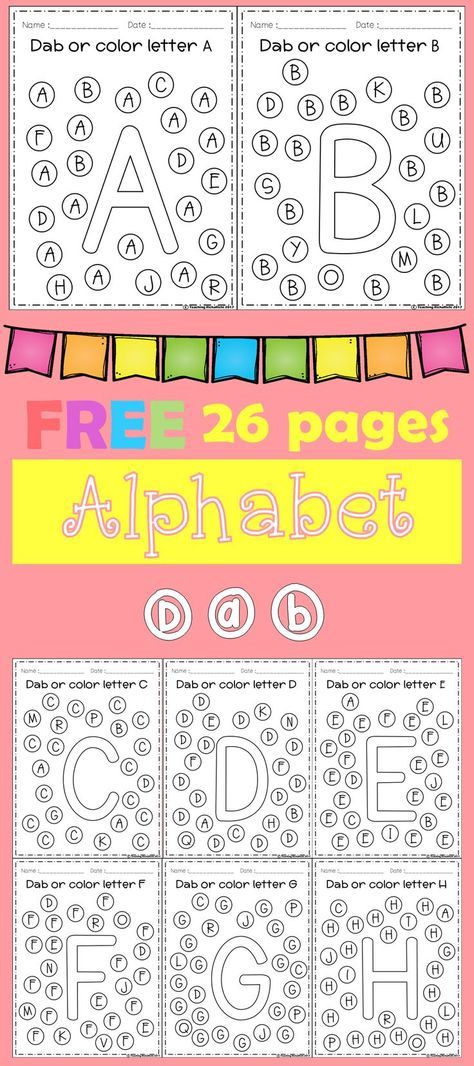
4. Expose Students To a Variety of Fonts
When teaching each letter of the alphabet, of course we want properly-formed, printed letters.
But students won’t always see letters that way in the real world, and it’s important that they are able to recognize a letter no matter what form it’s in.
Font sorts, magazine hunts, and coloring by letters in a variety of fonts are all great activities for exposing students to the alphabet in a variety of forms.
5. Explicitly Teach Letter Formation
Depending on who you’re talking to, you’ll most likely hear differing opinions on whether or not you should spend time teaching proper letter formation.
Do students really need to know how to form letters properly? Is it developmentally appropriate to teach letter formation?
Here’s why I say wholeheartedly YES! Spend the time teaching letter formation!
As our students learn letter sounds, we want them to begin using that sound knowledge in their writing.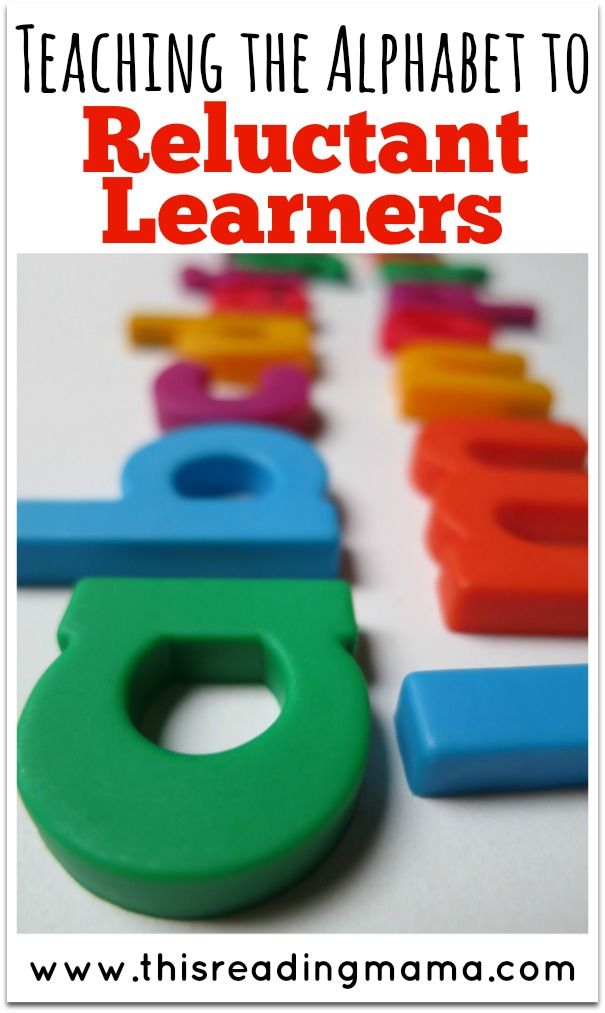
If we work on handwriting and letter formation up front, students have time to build their muscle memory. That means, as they’re writing, they don’t have to dedicate brain energy to “How do I form this letter?”
Instead, they can fully concentrate on sounding out words.
This is also why you should carefully consider the order you introduce your letters in.
There are many different opinions on what order to teach letters in Kindergarten, and you can choose the best way for you and your class. However, you will want to make sure similar letters are spread out enough that students can gain mastery of one before adding in the next (think b, d, p, q).
6. Make It Fun!
We know that having routine, systematic phonics instruction is best practice. But that doesn’t mean it has to be boring!
There are many ways to make teaching the alphabet in Kindergarten fun for both students and yourself, including many of the tips listed above.
We love alphabet crafts when we are teaching letters and letter sounds in Kindergarten! These crafts are a great way to incorporate fine motor and cutting practice, listening and following directions, as well as helping students make a connection between the letter and beginning sounds.
Alphabet interactive notebooks are also a favorite in my classroom. These notebooks are simple and no prep for me, but they are fun for my students and allow them to work with the target letter in many different ways.
Teaching The Alphabet in Kindergarten
Are you looking for an easy to follow resource for teaching the alphabet in Kindergarten that’s developmentally-appropriate and effective? You can find it all in Empowering Little Readers™ Phonics Unit 1: introducing Letters.
Check Out This Resource From My Shop!
Kindergarten Phonics Unit 1: Introducing Letters | Empowering Little Readers
Everything you need to introduce the alphabet in a fun and engaging way!
Buy Now!
This unit has everything you need to teach the alphabet in Kindergarten including:
- Scripted, easy to follow lesson plans
- Real photo materials
- Alphabet motions
- Alphabet crafts
- Worksheets and printables
- Letter formation practice
- And more!
Danielle W. said, “My students loved this and I noticed a big improvement in letter recognition and letter sounds. One kiddo went from knowing 0 to 20 letter sound in a few short weeks.”
said, “My students loved this and I noticed a big improvement in letter recognition and letter sounds. One kiddo went from knowing 0 to 20 letter sound in a few short weeks.”
If you want an entire year of systematic, effective phonics instruction planned out for you, you can grab the Empowering Little Readers™ Phonics Curriculum here.
Check Out This Resource From My Shop!
Kindergarten Phonics Curriculum for the Year Bundle | Empowering Little Readers
Never worry about planning your kindergarten phonics instruction again! This curriculum has everything you need.
Buy Now!
Pin this post for later:
Do you love free stuff?
CVC Decodable Readers
Sign up for my FREE email newsletter and receive five short vowel decodable readers!
I need these!
You May Also Enjoy These Posts
Reader Interactions
Hot in the Shop
More Products
All We're Missing is You!
Join us over on Facebook for even more great resources, ideas, and teaching tips for kindergarten and early elementary teachers!
Join Us on Facebook
Welcome Friends!
My name is Natalie and I am the face behind Natalie Lynn Kindergarten.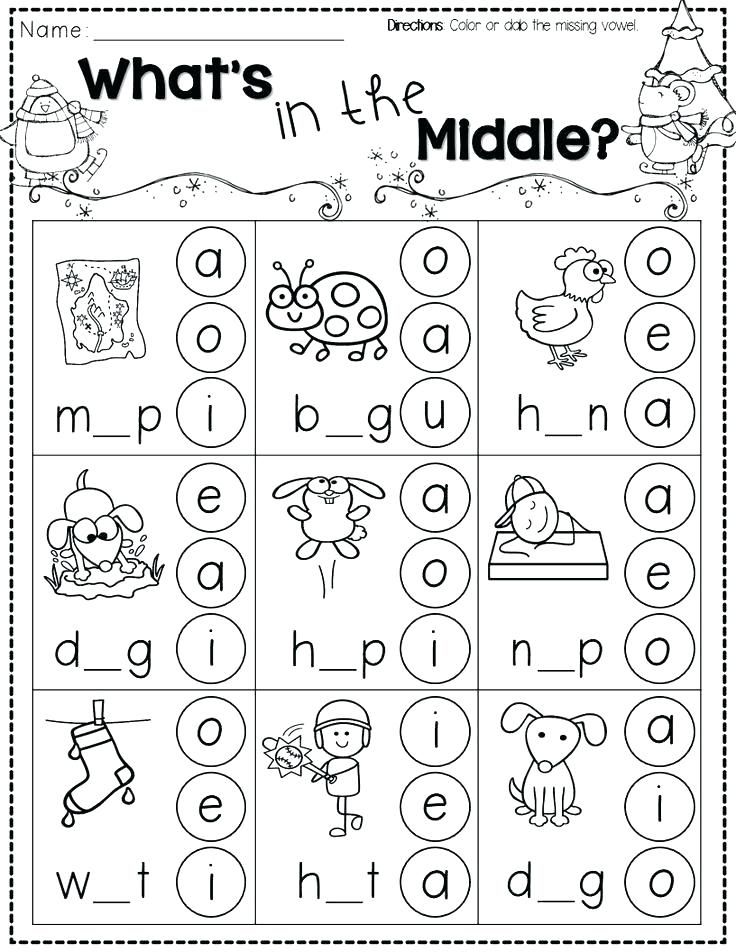 My passion is creating hands-on and engaging resources for the classroom and helping teachers to make learning FUN again! I love showing teachers how they can give students ownership over their learning and create meaningful learning experiences.
My passion is creating hands-on and engaging resources for the classroom and helping teachers to make learning FUN again! I love showing teachers how they can give students ownership over their learning and create meaningful learning experiences.
More About Me
Manage consent
How to Teach the Alphabet
Home » How to Teach the Alphabet
Teaching the alphabet is the core of what we do in kindergarten for many months! There are many moving parts in the classroom that work together to get kids to learn the alphabet.
How to Effectively Teach the Alphabet in Kindergarten
1. Just read! Seems silly to say but the best way to teach kids the alphabet is to just submerse them in it! As you are doing your normal read aloud, point out the letters and how you are using what is printed on the page to say the words. And then it’s also fun to read books about the alphabet; below are some of my favorites!
It’s also great to put these books into your writing lab to inspire writing! They are great jump starters for stories!
2.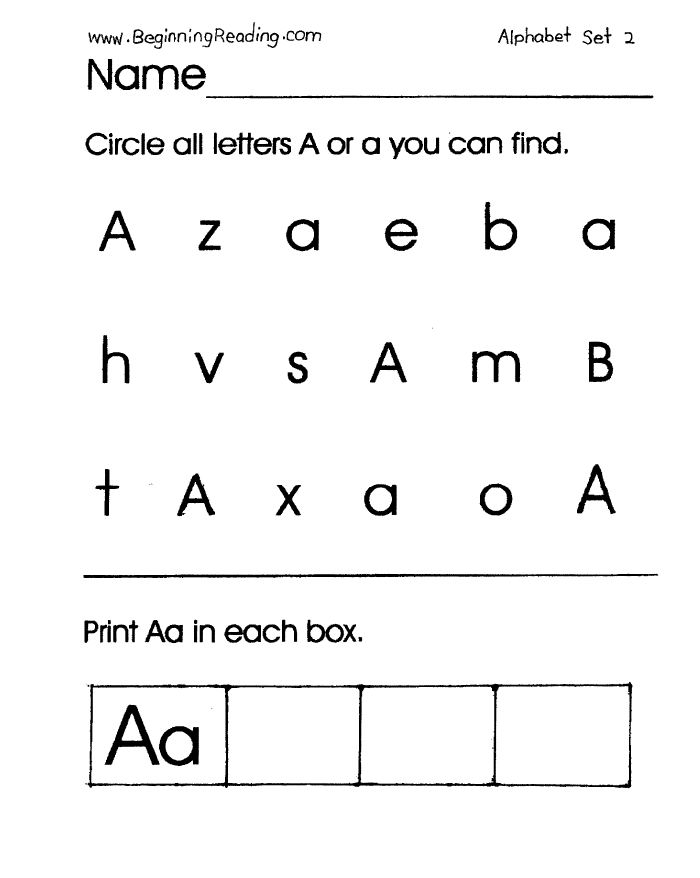 Teach the students the letters in their names. Children have seen the letters in their name more and heard the sounds in those letters their entire life, so it only makes sense to start there. Be sure to visit our Names Pinterest board for TONS of ideas on working with students’ names!
Teach the students the letters in their names. Children have seen the letters in their name more and heard the sounds in those letters their entire life, so it only makes sense to start there. Be sure to visit our Names Pinterest board for TONS of ideas on working with students’ names!
Follow Simply Kinder’s board Names on Pinterest.
3. Add music and movement! So important for little learners and there are so many great videos on YouTube that do this! I also love to incorporate tunes the students already know into our learning and so the below video is perfect for daily practice!
And then as the school year goes on, you still want to continue to teach the alphabet but the kids get a little bored with the same old songs, so we sing it backward! (They can do it and so can you!)
4. Follow your curriculum (or create a map of how you want to teach the letters.) This is so important because you don’t want to confuse your students. If your district has a prescribed curriculum, embrace and make it work. Supplement it where you can with fun and engaging activities. If you don’t have curriculum, decide how you want to teach the alphabet. There are many theories on what works, but honestly you will find research that says a letter a day is appropriate and a letter a week is as well. In my perfect work, we would teach 2 letters a week but that’s a decision you will have to make if you are able to.
If you don’t have a curriculum, our Letter of the Week files can help. They are fully comprehensive units that have posters, printables, anchor charts, centers, and lots more! We call it Letter of the Week because it is literally a week worth of activities for each letter, but you don’t have to be a Letter of the Week teacher. You can definitely use whatever timeframe and all sorts of reading programs and approaches with these printable.
You can definitely use whatever timeframe and all sorts of reading programs and approaches with these printable.
5. Put learning the alphabet into your centers! Centers are where the students really practice and get comfortable with the skills you are teaching! So it’s super important that all year you have the alphabet covered in your activities. One of my student’s favorite centers is our boring old flashcards on binder rings that I keep in a drawer in my writing center. (This is of course more of a spring sentence but at the beginning of the year students can draw other pictures and label them with the same letter they pick.)
6. Track your student’s growth. Another super important part of teaching the alphabet. I use Checklist Assessments to record what letters my kids can and cannot say the name, sound and write. This helps me to be able to pull targeted groups and really instruct on what my students are needing!
7.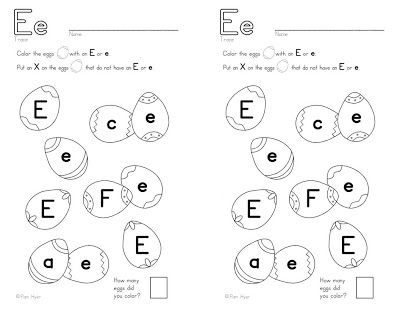 Include crafts and make it fun! So important to understand that our little learners need crafts and activities to create meaning! Again so many crafts and activities you can do, but I love Alphabet Hats because they go home with the students and the parents adore them! (Be sure to click over for a free hat!)
Include crafts and make it fun! So important to understand that our little learners need crafts and activities to create meaning! Again so many crafts and activities you can do, but I love Alphabet Hats because they go home with the students and the parents adore them! (Be sure to click over for a free hat!)
Making it fun does not have to mean arts and crafts either. Kids love doing Interactive Alphabet Notebooks where they can cut, glue, and assemble all sorts of little flip flaps. Can kinders do them? YES. Our Interactive Notebooks are make with easy cuts that repeat again and again. You will model the first couple times and then kids will get it. These are truly a great tool because it is fun and academic.
8. Practice for fluency! Once your students have a good basis of the letters, you will want to have them pick up the speed and create some automaticity in their knowledge! Letter cards or word searches are great resources to do this.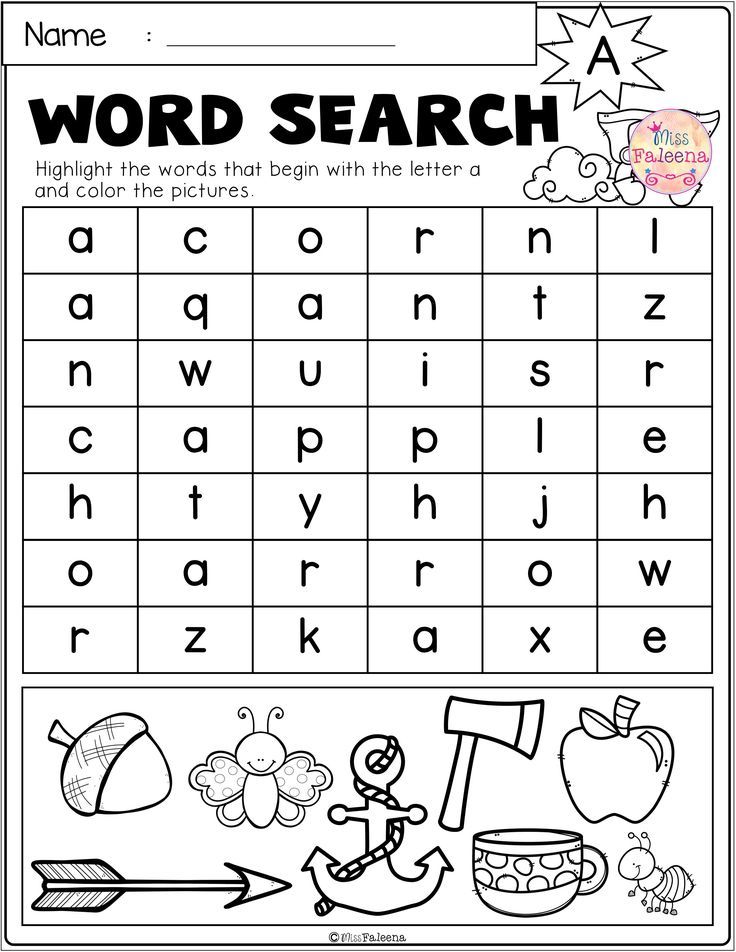 Students can start by just identifying specific letters by circling the or dotting them with a bingo dotter. This will get them used to seeing the letter all mixed up and then as the year moves on they can read those letters for speed and fluency!
Students can start by just identifying specific letters by circling the or dotting them with a bingo dotter. This will get them used to seeing the letter all mixed up and then as the year moves on they can read those letters for speed and fluency!
9. Keep your families well informed. We really need our families to help reinforce what we teach in the classroom and that is especially important when learning the alphabet. We need our parents to be on the same page with how to form the letters, teaching upper or lower case letters first, and etc. These Alphabet Brochures can help with that.
Alphabet Bracelets are also a great activity to do in class that lets parents know what letters we worked on in class.
When all of those elements fall into place, teaching and learning the alphabet is a lot more effective!
So I have teamed up with some of my friends to get you more information on teaching the alphabet!
At Simply Kinder we work together to bring you ready-to-use resources to partner with great teaching for any curriculum, a Facebook community where teachers talk all things Kindergarten, and low-prep learning ideas that your students will love.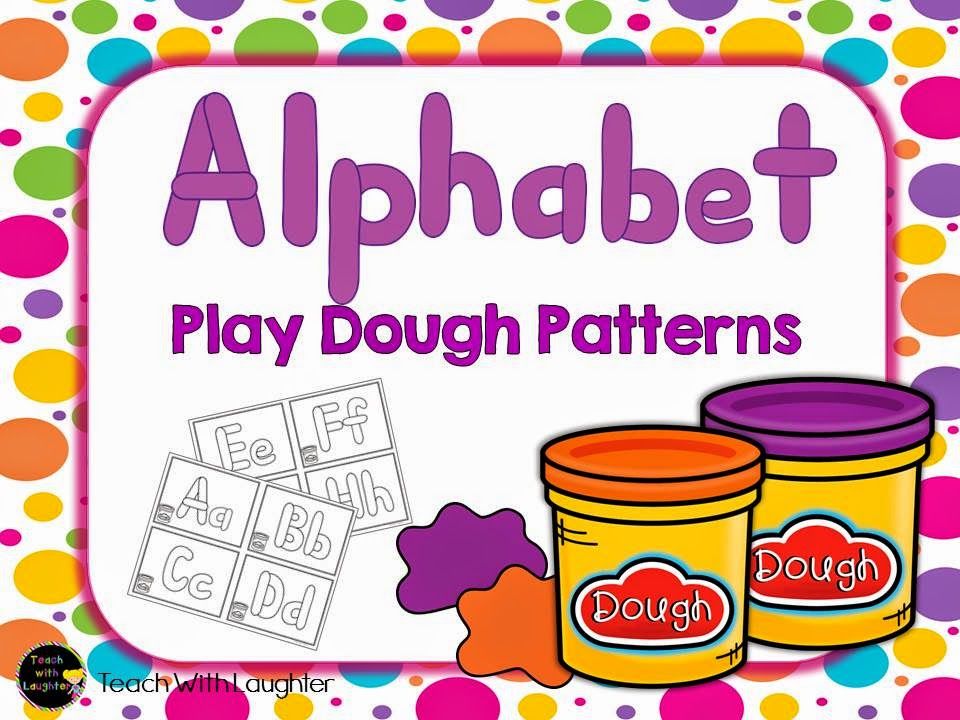 Be sure to stay up to date with all things kindergarten on Instagram, Facebook, Pinterest, and through email. Simply Kinder: where teaching Kinder is definitely better together!
Be sure to stay up to date with all things kindergarten on Instagram, Facebook, Pinterest, and through email. Simply Kinder: where teaching Kinder is definitely better together!
How to quickly learn the alphabet - learning letters with a child
Letters surround us everywhere. The child sees them in books and magazines, on product packaging, in shop windows. He can't help wondering what it is. Over time, he begins to understand that adults can read, begins to copy his parents, having learned a poem or a fairy tale by heart, and pretending that he is reading a book.
Experts recommend teaching a child to read shortly before school, since at an earlier age his brain is not yet ready to perceive such information. You can learn sounds with it, learn to distinguish them in oral speech, start mastering the alphabet. This pre-letter period is very important, because thanks to it the child will be able to learn to read fluently and understand what he read. nine0003
At what age do you start learning letters?
Many parents are sure that a child's development should start almost from the cradle.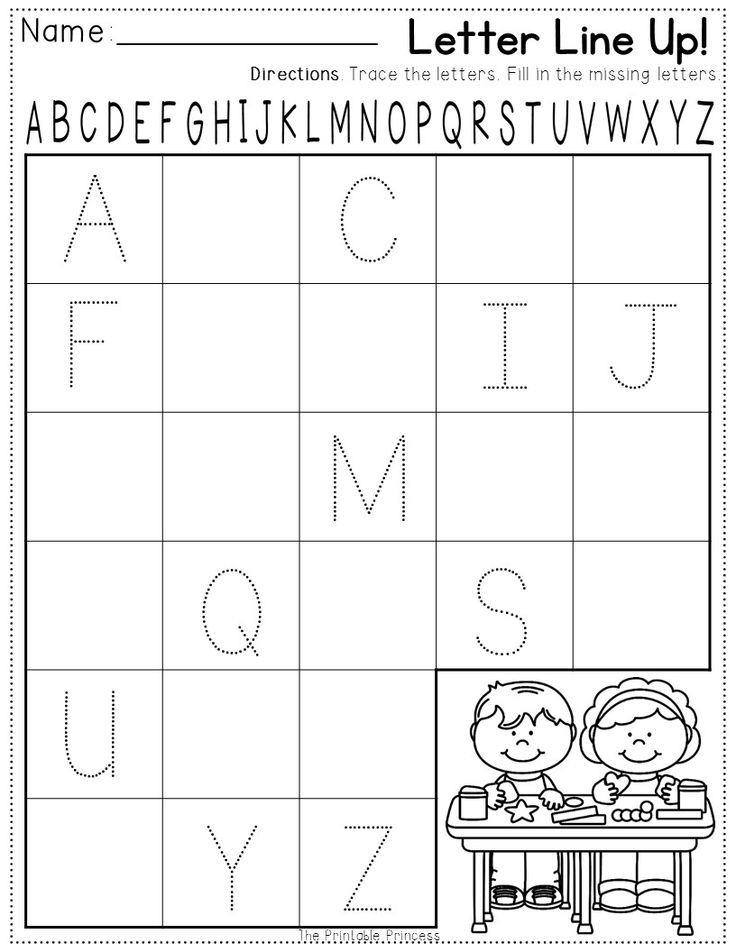 But neuropsychologists warn that learning letters and numbers before the age of 3 is harmful. At this age, the emotional and sensory sphere should be formed. If we force a child to learn, then we violate the laws of brain development, which can have negative consequences.
But neuropsychologists warn that learning letters and numbers before the age of 3 is harmful. At this age, the emotional and sensory sphere should be formed. If we force a child to learn, then we violate the laws of brain development, which can have negative consequences.
No specialist will tell you that at the age of 3 or 4 a child should know all the letters. Of course, if you wish, you can force him to learn the alphabet, but this will not be useful, but, on the contrary, can harm. The brain is ready for reading most often by the age of 5-6, and only in 20% of babies - by 4-5. Before this time, it is not worth studying letters. nine0003
But this does not mean that you can forget about the development of the child. At 3-4 years old, you need to work on the development of speech, teach the baby to ask and answer questions correctly, pronounce words, and study the world around him. You need to work on fine motor skills, teach him to dance, form a sense of rhythm, and so on.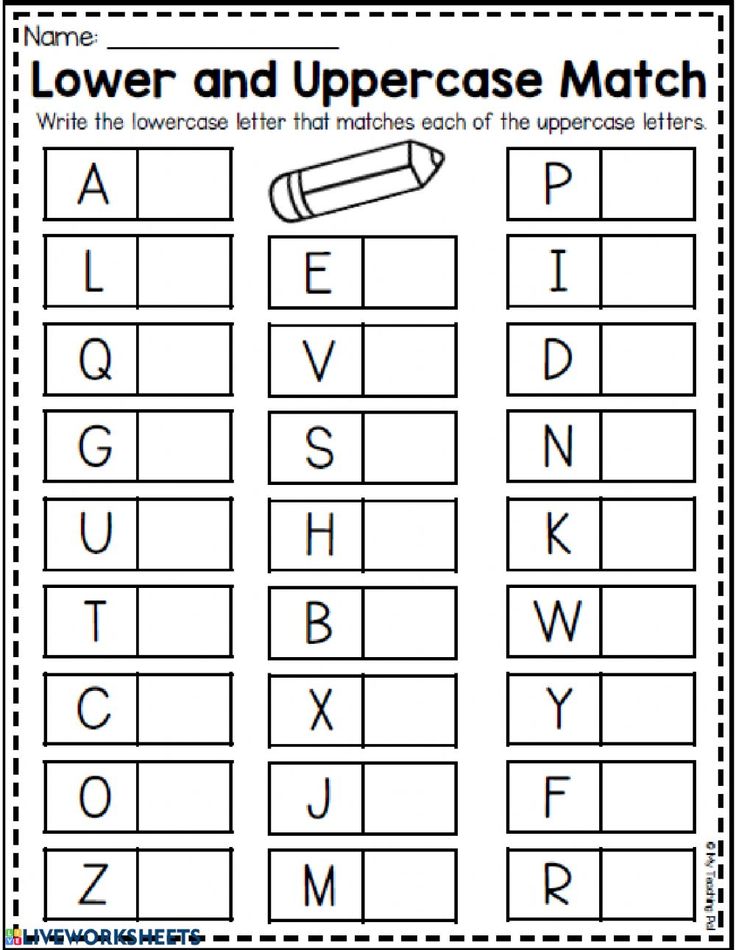
These are the recommendations. However, all children are different. If a child has shown a sudden interest in letters, it means it's time to start learning. And it does not matter if it manifested itself late, for example, at 6 years old. The child should want to read, only after that you can study with him. nine0003
Psychologists note several signs that indicate a child's readiness for learning:
- The child perceives well what he has read by ear and can tell what the book is about.
- He knows how to build phrases, pronounce all sounds.
- Interested in what is written in a children's magazine, book or poster.
- Pretends to read, imitating adults.
If all these signs appear, you can start classes. You can’t put pressure on a child, force him to study, bribe him (“learn the letters - I’ll give you a chocolate bar”) - this will not achieve anything. nine0003
In those cases where the interest in letters appeared early, there is no need to give up classes.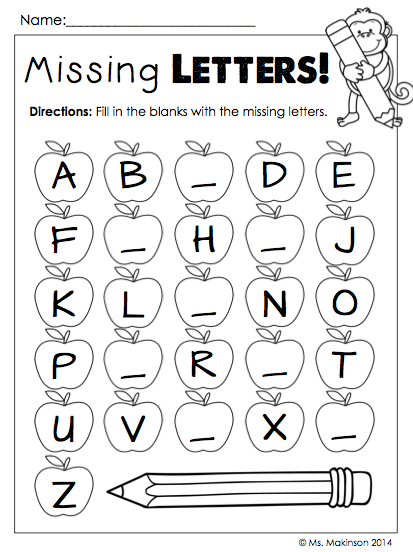 But do not overload the baby, work with him for no longer than 7 minutes, classes do not have to be done every day, you can take breaks of 2-3 days.
But do not overload the baby, work with him for no longer than 7 minutes, classes do not have to be done every day, you can take breaks of 2-3 days.
How to start learning the alphabet?
The child began to show interest in letters. No need to immediately load it with knowledge, cramming the alphabet. Move a little. The easiest way for children to remember the first letter of their name. Explain to him what this letter is, what it is called. You can ask him to find this letter in the text. Gradually, he will learn to highlight it, will pay attention to it. The first step has been taken. nine0003
Parents now trust their children's education to various children's tablets, phones and other similar toys. Remember that they are teaching letters, not sounds. Toddlers need to be taught precisely sounds, so it will be easier for them to master reading.
A letter is a graphic representation of sound, each has its own name. But learning to read, knowing only the names of the letters, is very difficult.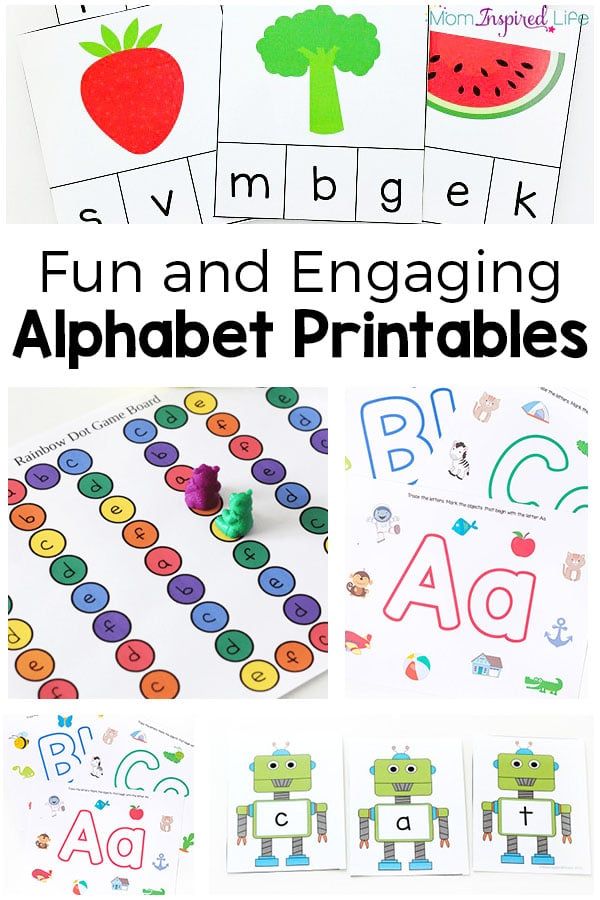 Imagine that the child will need to read the word "ball". How will he do it? Just as he was taught: "beael". And all because he pronounces letters, not sounds. nine0003
Imagine that the child will need to read the word "ball". How will he do it? Just as he was taught: "beael". And all because he pronounces letters, not sounds. nine0003
It is better to start learning with sounds, pronouncing them with the child. Parents themselves should not confuse sound and letter. Sound is what we hear. A bumblebee buzzes - this is a sound, a hammer knocks - this is also a sound. But far from all sounds we can get words. If we clap our hands, the sound will appear, but the word will not.
You can create a word from special sounds called speech sounds. Make sure that the child does not confuse the letter and sound. Explain to him that a letter is an icon that can be seen in a book or drawn on paper. Letters can be seen with the eyes and sounds can be heard. nine0003
General recommendations for teaching a child
If you decide to work with a child, remember the basic rule - he should be interested. You can't force him. At this age, the easiest and most accessible way of learning is through the game.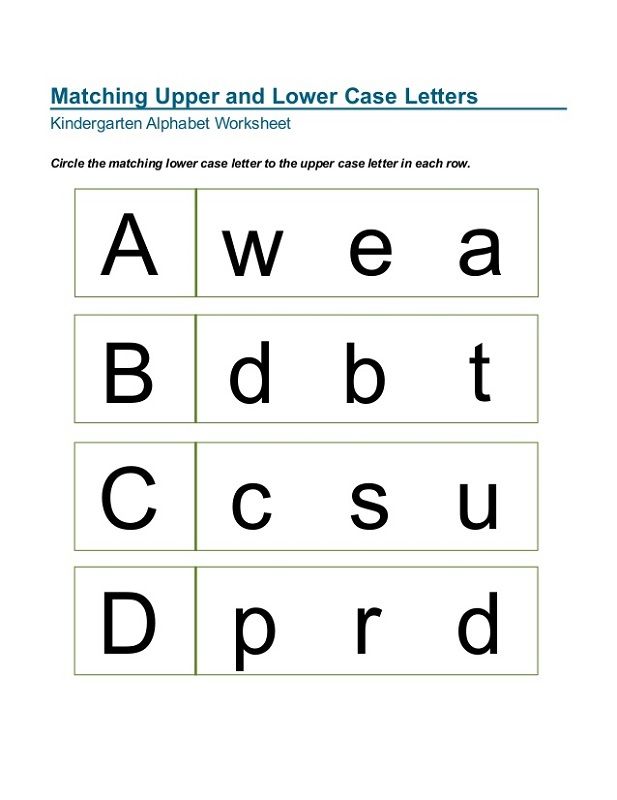
It is difficult for kids to concentrate, to sit in one place for a long time, so classes should be short, 5-10 minutes each. As soon as you notice that he has become bored, switch to something else. If he forgot everything that you went through, do not get annoyed, repeat again until he remembers. If you overload your child with information, he will develop an aversion to learning. nine0003
At an early age, a child develops visual-figurative thinking, and only then - abstract-logical. This means that it is useless to draw letters on paper or a board. So you can't learn them. For him, it will be just a set of dashes.
The child needs a visual association. For example, if you are learning the sound "a", you can show him a picture of a watermelon or any other item that starts with that letter. Stock up in advance with soft cubes with letters, bright cards, coloring books, beautiful colored primers. nine0003
Do not learn letters in alphabetical order. It is better to start learning with vowel sounds.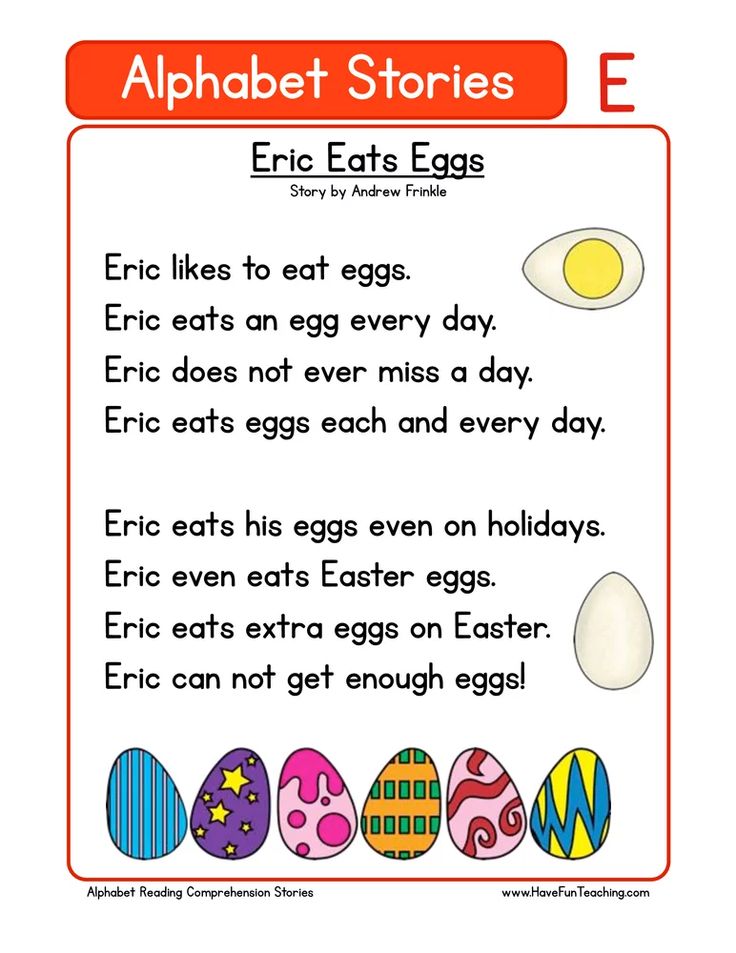 The letters that are most often found in speech are studied first, then you can move on to rarer ones.
The letters that are most often found in speech are studied first, then you can move on to rarer ones.
How to learn vowels?
First, explain to your child that all words are made of sounds, just as houses are made of bricks. The more sounds in a word, the longer it is. After that, you can proceed to the study of sounds.
Start with "a" . You can show the baby pictures that show objects whose names begin with this letter. Draw with him the mouth that makes this sound, note how we open it wide. Let him try to name the words that begin with this letter. Do not overload the child: 1 lesson - 1 letter. nine0003
Try to consolidate the acquired knowledge. So you go to the kindergarten, you saw a pharmacy, let the kid try to find the letter that you studied. Bought a children's magazine, see if the title has the letter "a" . You can mold a letter from plasticine or dough, cut it out of paper. You can lay it out of sticks or sand.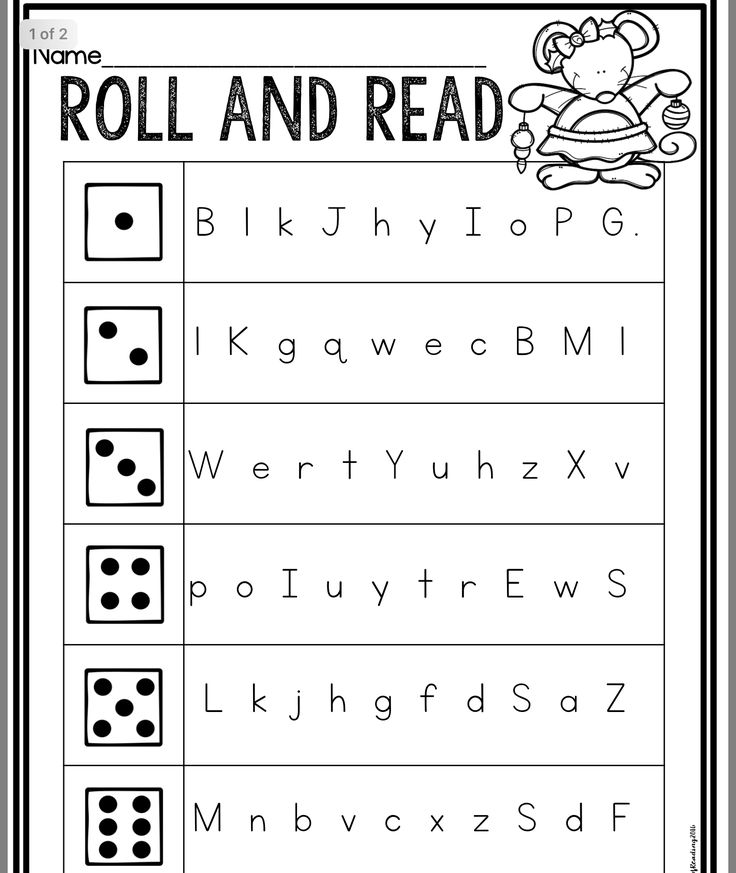
It will be much easier for you to captivate your baby if you always have blocks with letters, bright books, cards at hand. You can sing a song about a letter or listen to a funny verse. nine0003
So, study all the vowels one by one. At the end, you can explain that the sounds that you have already learned are called vowels. These are sounds that can be sung. Try to sing together "ah-ah-ah" or "woo-woo" .
Remember that we have 6 vowels ( a , o , y , e , s , and ) and 10 vowels. The letters i , e , i , i consist of 2 sounds. It is better to postpone the study of the latter for later, because there is no sound "i" , i is a letter consisting of 2 sounds. Do not confuse the child so that later educators and teachers do not have to retrain him.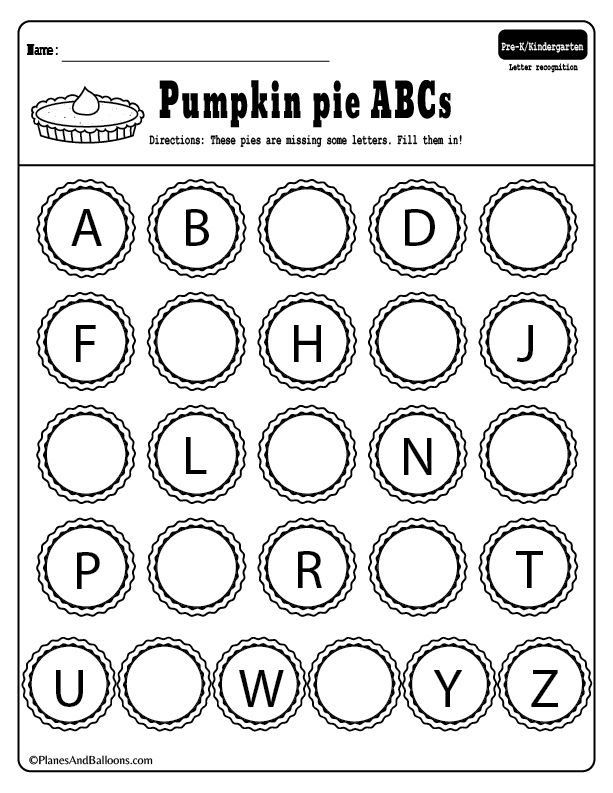
How to learn consonants?
After you have learned the basic vowels ( a , y , and , o ) you can move on to the consonants. You need to start with the simplest consonants ( b , p , m , n , t , g ). And here again we remember that we are teaching the child sounds, not letters. We know what to say0065 em ”, “ en ”, “ be ”, but children do not need to know this yet. The child must learn that this is the sound " mm " or the sound " nn ". After the baby learns simple consonants, you can proceed to the study of hissing.
Just like with vowels, knowledge needs to be consolidated. Children may confuse letters. To prevent this from happening, play associations. You can ask the children to think of what this letter looks like.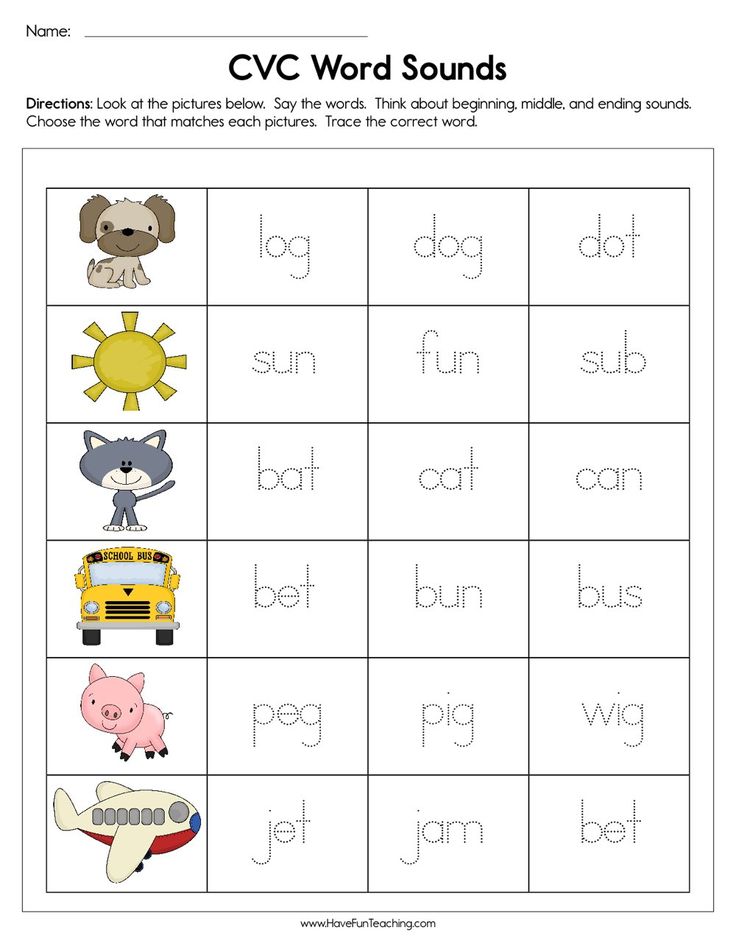 Look for objects on the street that resemble this letter. For example, you walked past the horizontal bar, it is shaped like the letter " p ”, or look at the doorway, also resembles “ p ” in shape. Fold it out of pencils, look for it in store signs.
Look for objects on the street that resemble this letter. For example, you walked past the horizontal bar, it is shaped like the letter " p ”, or look at the doorway, also resembles “ p ” in shape. Fold it out of pencils, look for it in store signs.
Alphabet learning techniques
There are several popular methods for teaching children to read and memorize the letters of the alphabet. You can use them, especially since specialists worked on them. But, no matter what method you work with, it is important to remember that your classes should not resemble lessons at school.
Children at this age should play and get the information they need through games. Therefore, after a short training part, immediately proceed to an interesting, gaming one. Creative activities are also very useful, with the help of which you not only study letters, but also develop the child’s fine motor skills, improve his drawing and coloring skills, and strengthen the ability to use scissors. nine0003
nine0003
Games and games
There are many games to help you consolidate your knowledge. We will give a few examples.
1. Find the words with the right sound . You need to prepare cards that show different objects. The child must choose among them those in which there is a studied sound. First, you can simplify the task: ask him to find words that begin with this letter.
2. Catch the sound . To stretch a little, mother and child walk around the room. Mom calls different words. As soon as the child hears a word with the desired sound, he stops and claps his hands. nine0003
3. Think of the word . Ask your child to come up with as many words as possible with a certain sound. You can do this in turn, for example, first the mother calls the word, then the baby.
The task needs to be complicated, that is, the sound can be not only at the beginning of the word, ask him to come up with a word in which this sound will be at the end or in the middle.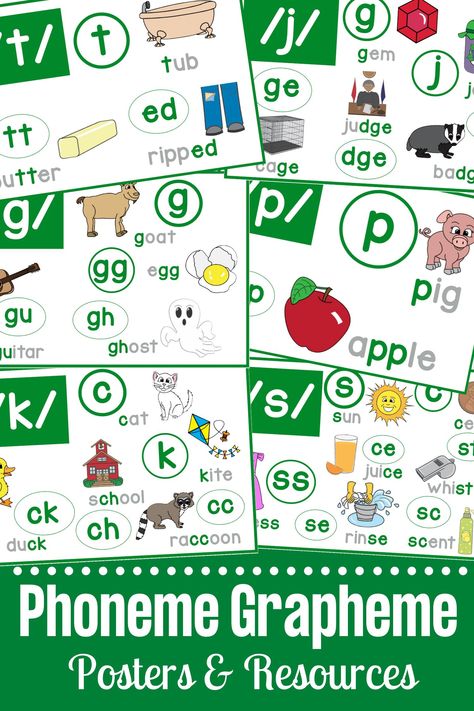 For example, you are learning the sound "a". First, you select words that begin with this letter - apricot, orange, then those that end in "a" - Moscow, jellyfish or contain the sound "a" in the middle - mosaic, eye. nine0003
For example, you are learning the sound "a". First, you select words that begin with this letter - apricot, orange, then those that end in "a" - Moscow, jellyfish or contain the sound "a" in the middle - mosaic, eye. nine0003
4. Determine where the sound is hidden. You need to draw a simple word scheme: three squares connected to each other. Each square denotes its own: the beginning of the word, the middle and the end. Put this word scheme in front of the child, give him a chip.
You name different words, and he must show on the diagram where the sound that you pass is located. For example, if you called the word "watermelon" (you can show a picture), the child must put the chip in 1 cell, and if the word "fox" - then in the 3rd cell. nine0003
5. Ball game . An adult throws a ball to the child and calls different words. If they have a letter being studied, he catches the ball, if not, then he does not catch it. To begin with, you can use words in which this letter is at the beginning, then complicate the task, that is, it can be in the middle or end.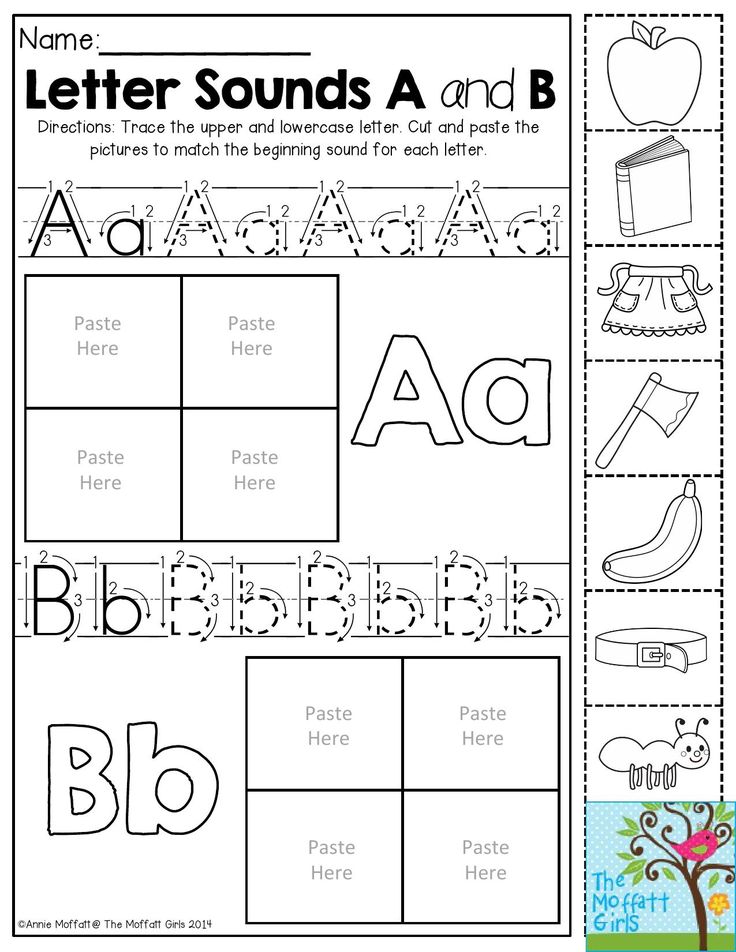
Author's methods of learning the alphabet
There are several recognized methods of teaching reading, each of which can be devoted to a separate article.
Zaitsev's cubes
The basis of Zaitsev's technique is a game, that is, children simply play with cubes (there are 52 cubes of different sizes in the set) and at the same time learn to read without making any effort. These games can be started from 6-12 months old, but up to 2 years old they are used like regular blocks, and children after 2 years old can start making words.
Zaitsev's main unit is a warehouse. It can consist of a consonant and a vowel, or a single letter. The basis of this method is the warehouse principle of reading. In addition to cubes, a large warehouse table is also used. nine0003
This technique has many advantages, the main of which is that any child can be taught to read. But there are also disadvantages, for example, over time, children will have to be retrained, because they remember that letters are indicated by one color, and the teacher enters his own colors, for example, red is a vowel.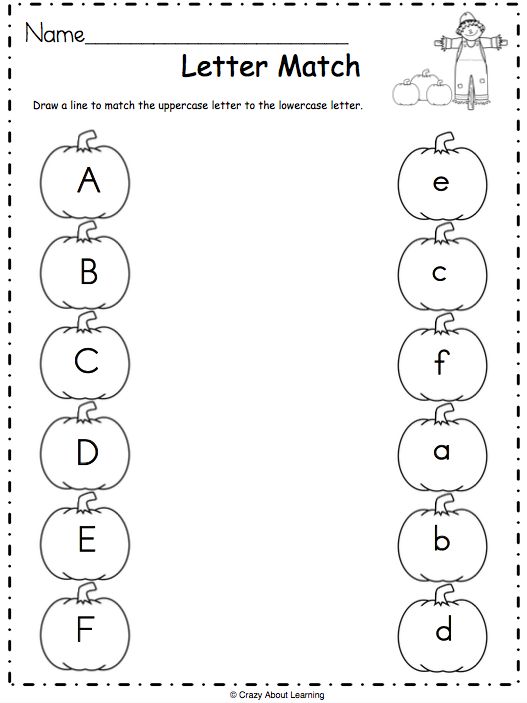 In addition, the child is used to the fact that words are divided into warehouses, and not into syllables. Yes, the benefits are very expensive.
In addition, the child is used to the fact that words are divided into warehouses, and not into syllables. Yes, the benefits are very expensive.
Doman's cards
The neurosurgeon Glen Doman developed his technique for children with CNS disorders, but then it was also used to teach healthy kids. He recommends teaching children to read not by letter, but by words, since letters mean nothing to him, and words have real designations. nine0003
For this, whole words are written on the cards in large print (at least 7-10 cm), for example, “mother” or “dad”, which must be quickly shown to the child, voicing each word. With the help of this method, even a small child can be taught to read. Training is necessarily carried out at an early age; after 5 years, the Glenn Doman method no longer works.
Olga Soboleva's Methodology
The principle of this training is based on the "two-hemispheric" work of the brain. The teacher tries to use the dominant type of memory, that is, the material is divided into 3 groups: for kinesthetics, visuals and auditory.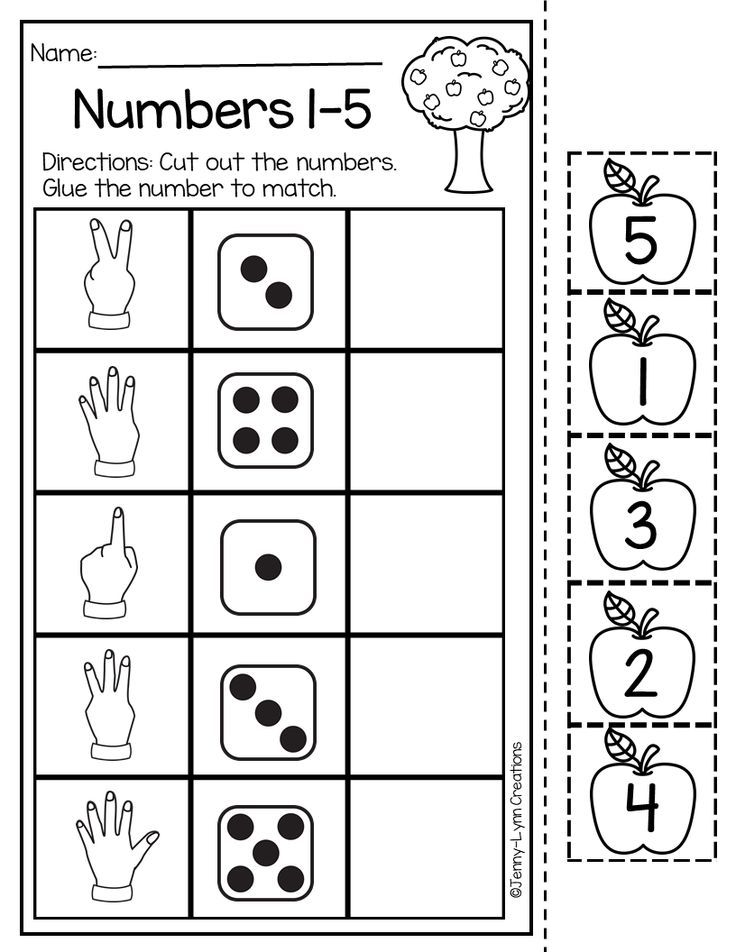 nine0003
nine0003
Many of its techniques are also used by ordinary teachers when teaching traditional methods to make it more interesting for children to study. Well suited for creative children and parents, it is not recommended for families where logic and structure come first.
Polyakov's method
Its author came up with 7 steps of learning to read, 70 lessons in total. Each lesson is detailed. They are held in the form of a game, take no more than 10 minutes. Stages 1 and 2 are the study of letters, warehouses, reading in warehouses. nine0003
Sergei Nikolaevich Polyakov himself, unfortunately, is no longer alive, but his work was continued by his son, as well as teachers who practice this method. If you wish, you can purchase books that describe in detail how to conduct classes, as well as video files with examples of classes.
Creative exercises
To reinforce the acquired knowledge, it is useful to conduct creative activities.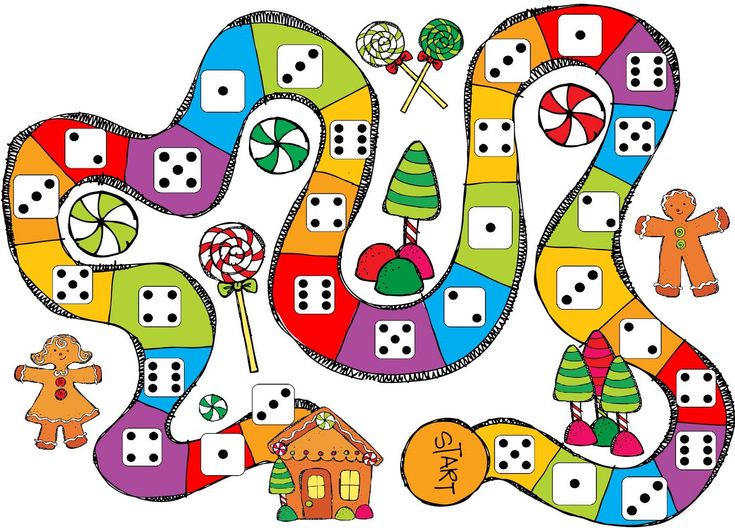 For example, you can make a beautiful alphabet together. We studied the letter - cut it out of cardboard. It is better to choose a dense material. If it is difficult for the baby, you can help him, and the child will decorate - attach beads, groats, sequins, beautiful fabric, etc. to it.
For example, you can make a beautiful alphabet together. We studied the letter - cut it out of cardboard. It is better to choose a dense material. If it is difficult for the baby, you can help him, and the child will decorate - attach beads, groats, sequins, beautiful fabric, etc. to it.
When you have collected the entire alphabet, you can decorate the children's room with it by connecting the letters into garlands, or hang it on the Christmas tree instead of toys. You can cut out paper blanks for letters, and the child must fold the whole letter from these parts.
Preschoolers love to draw and color. You can buy coloring books with letters, he will color them and remember what kind of letter it is. Or ask him to draw with felt-tip pens on paper, with chalk on a blackboard what you have already studied. But at this age, children should not be taught writing, this should be done by teachers in elementary school. The only thing you can teach your baby is to write in block letters.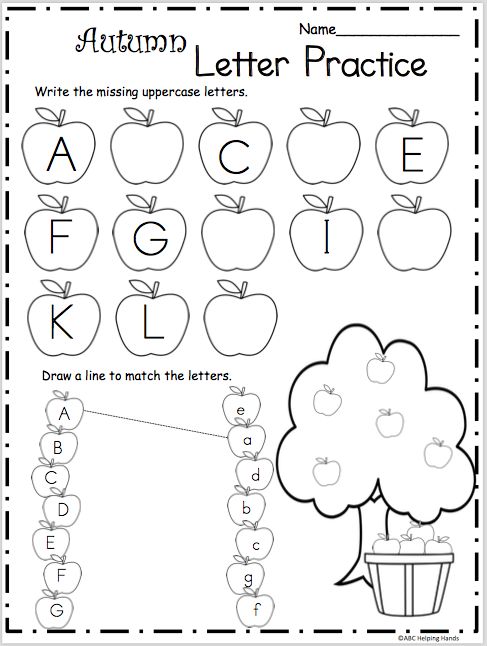 nine0003
nine0003
If you are baking pies, ask your child to make familiar letters out of the dough. You can sculpt from plasticine or clay, decorate figures with cereals or peas. These activities will not only distract the baby from the TV, but also help develop fine motor skills.
Does the child spend a lot of time with the construction set? Let him try to make a letter out of it, which you recently passed. Or he will lay it out from counting sticks, sand, buttons, beans. Just be careful not to push small parts up your nose or mouth. nine0003
As we can see, learning the alphabet is not a tedious and boring activity, but a kind of game. If you follow this rule, your baby will not only learn all the letters, but will eventually fall in love with books, magazines, and will read with pleasure.
Thinking Simulator
The Simulator is a database of 4,000 tasks designed specifically to develop the thinking skills of students in grades 1-4
learn more
How to teach a child letters
How to teach a child the alphabet as early as possible? How to get a child interested in learning? What teaching aids are better: primers, alphabet, cards with letters, games? What if the child does not want to learn letters? And many other questions about teaching a child the letters of the Russian alphabet were told by the teacher of the children's development center.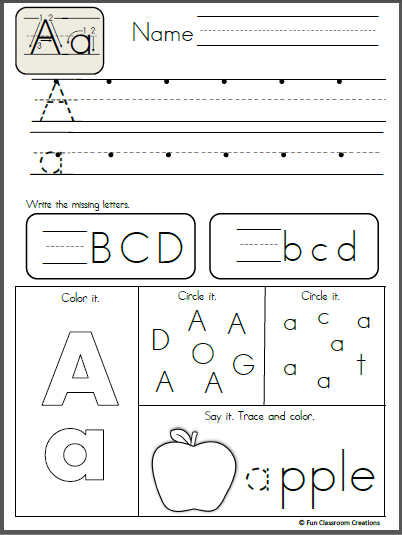
ContentsExpand
- When is the best time to start learning the alphabet
- Aids in learning the alphabet
- Methods nine0019 Method of memorizing letters by images
- Bakhtina's interesting technique
- Basic recommendations for the study of letters according to the classical method
- Learning letters with pleasure
Parents are looking for newfangled methods, trying to figure out how to teach their child letters successfully and quickly, however, this does not always lead to the expected effect. In order for the process of teaching children the alphabet to go smoothly, you need to take into account the following points related to their psychology and physiology - the age at which it is better to start learning and the characteristics of children's thinking. nine0003
When is the best time to start learning the alphabet? Therefore, at the age of 1-2 years, it makes no sense to engage in a targeted study of the alphabet, in the form in which it is necessary for further learning to read.
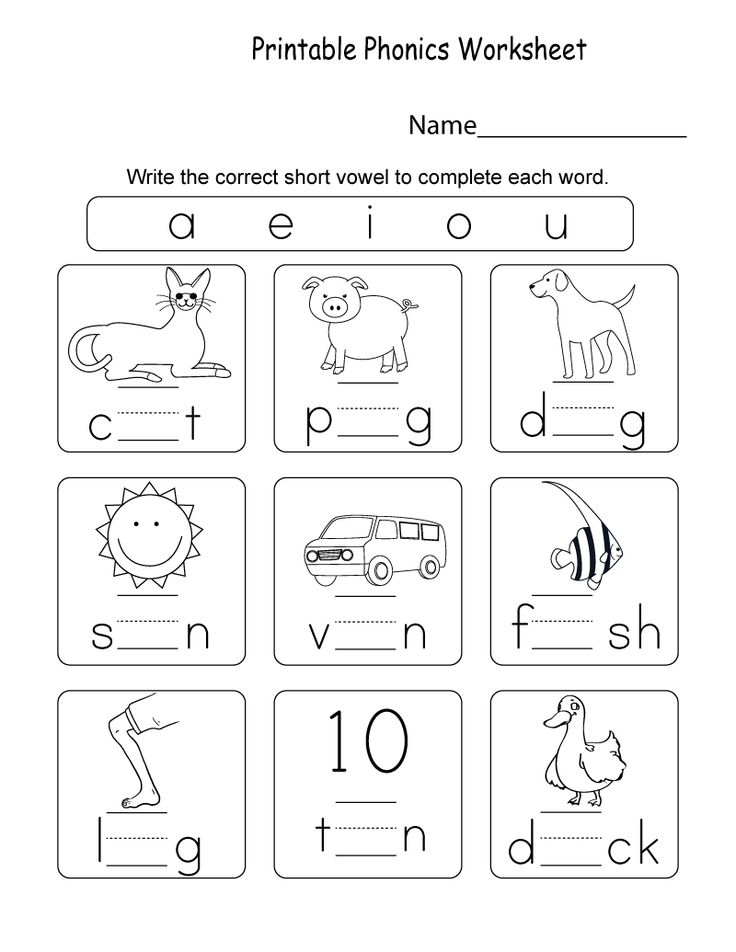 Moreover, by trying to force the baby to remember the letters by force, you risk causing him a negative reaction to the process of learning the alphabet, thereby turning him away from further studies. nine0003
Moreover, by trying to force the baby to remember the letters by force, you risk causing him a negative reaction to the process of learning the alphabet, thereby turning him away from further studies. nine0003 Remember that it is impossible to force children to learn the alphabet, it is desirable to interest them in this, then they will react favorably to the lessons.
It is also important to understand that there are no clear age limits within which a child should start learning the alphabet. For some children, this will go away “with a bang” already at the age of 2 years, for others, even at 3 years old, memorizing the alphabet will be difficult.
You can start learning letters if the child:
- easily concentrates during developmental activities;
- has a good visual memory;
- loves to have books read to him, loves to look at them on his own.
Start learning letters with your child, for starters, exclusively in a playful way.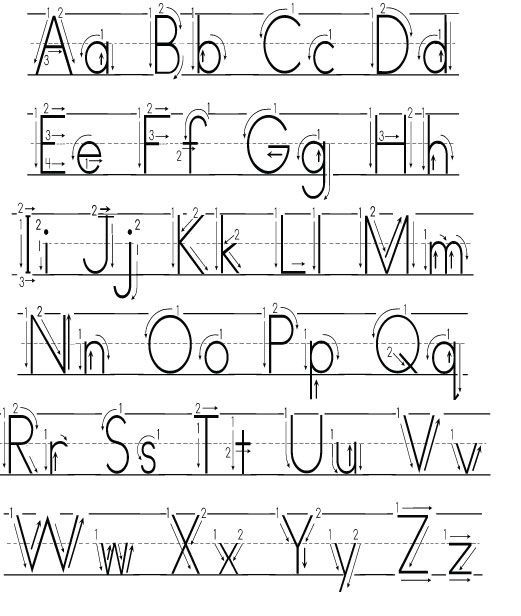
Aids in learning the alphabet
Of course, the primer and the alphabet will be the main assistants in this difficult but interesting business. Let's take a look at how these benefits differ.
- Primer is a study guide that not only depicts letters, but also outlines methods for teaching reading, but also contains recommendations for parents on how to better learn the alphabet and conduct classes.
- ABC is a series of manuals representing the letters of the alphabet in any variant. These can be cubes with images of letters, cards, lotto, stickers, various kinds of puzzles, sets of letters on magnets.
- Standing apart in this series are the poetic alphabets - when a letter, its sound or image is played out in poetic form. The most pleasant for the perception of young children are the poetry collections of S.Ya. Marshak and A. A. Usachev. nine0020
Methods
There are several popular methods on how to learn the letters of the Russian alphabet correctly, each of them has its own advantages and disadvantages.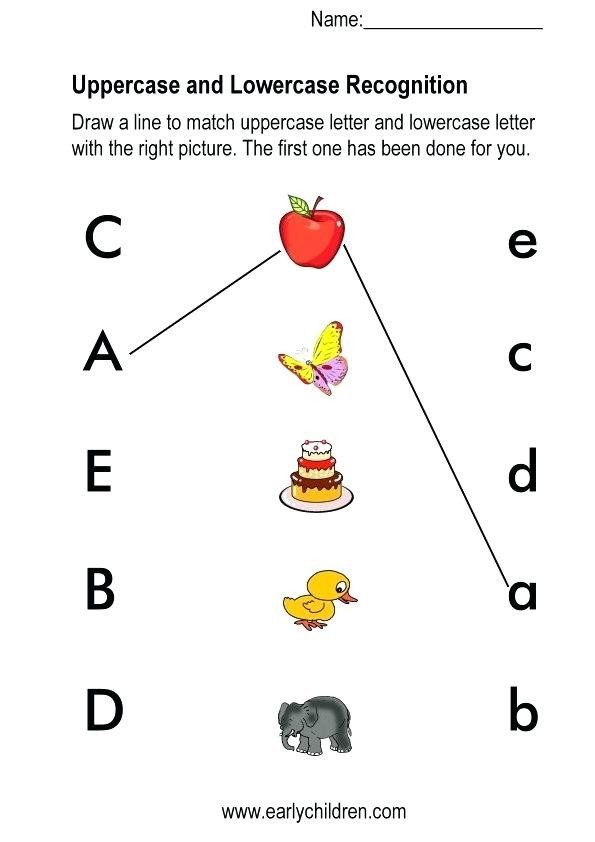 Let's look at them in more detail.
Let's look at them in more detail.
Method of memorizing letters by images
Essence of the method: One of the popular methods, which is preferred by many parents, is learning the alphabet as follows: the child is asked to learn and memorize a letter, fixing its perception with an image of an object that begins with this letter. nine0003
Example: "A" in most cases suggests a watermelon drawn next to it, "D" - a house, "R" - a fish, and so on. This is not entirely correct, and here's why.
Minuses: Parents often complain that as a result, the child remembers not the pronunciation of a single letter, but the entire visual chain - that is, "A" for him is a watermelon. And in the future, when asked to show "A", the child points to a watermelon, and when you ask him what letter it is, he answers - "watermelon". nine0003
Advice: Therefore, professional teachers recommend using such alphabets or cards only at the initial stage - at the age of 2-3 years, in order to interest children in learning the alphabet itself.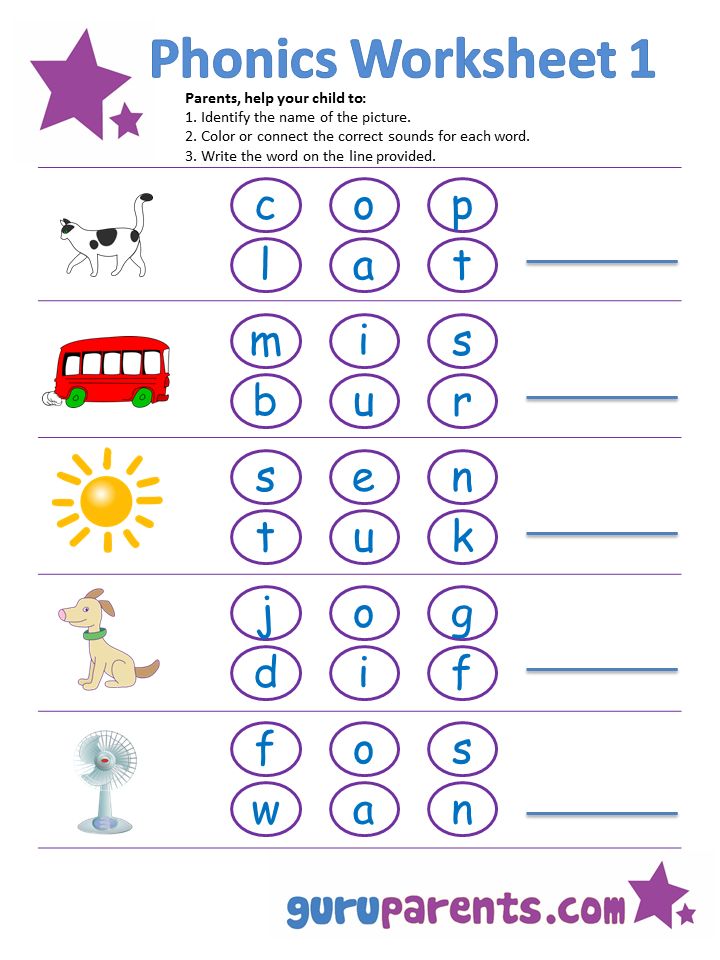
Bakhtina's interesting method
Recently, the method of E. Bakhtina, a teacher and author of the primer of the same name, has become very popular in teaching children the alphabet and reading.
Essence of the method: E. Bakhtina suggests learning the alphabet in the following way: assign to each letter its specific image, the association that the baby will have when he sees it. So, for example, “A” may be associated in a child with the sound that small children make when they still can’t speak anything. nine0003
E. Bakhtina suggests using the fact that the outlines of many letters can be supported by an analogy with images of objects already familiar to the baby.
Example: Hippopotamus with a big belly, very similar to the image "B", "U" is very reminiscent of a snail carrying a house on its back, and "E" and "Yo" differ from each other in that "E" The "eyes" are closed and they are not visible, while those of "Yo" are open.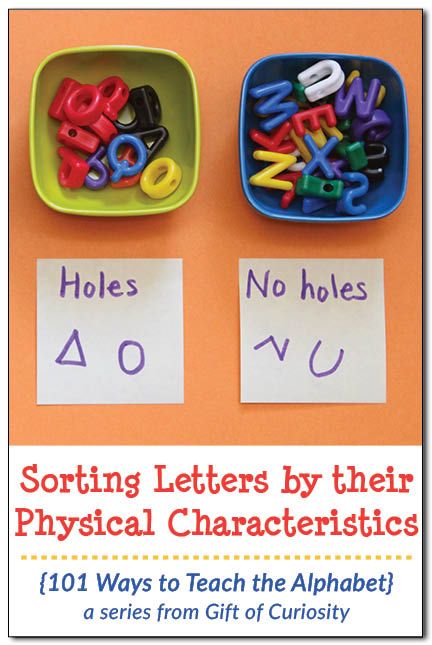
Disadvantages: It must be said that the study of letters using this method requires a sufficiently developed associative thinking, and this is not necessarily characteristic of every child. nine0003
Pros: E. Bakhtina is popular, as the process of learning the alphabet is set out in it clearly and consistently, which allows it to be used not only by professional teachers, but also by parents on their own.
Download Elena Bakhtina's primer
Basic recommendations for learning letters using the classical method
In order to better understand how to teach a child letters, you can use the following recommendations:
- Make cards with the image of all the letters of the alphabet, it is desirable that the cards show nothing more than the letter itself, while it should be bright and colorful, on a light background. Attach cards as you study above the child's work table, or on the wall of his playroom, thus training his visual memory.
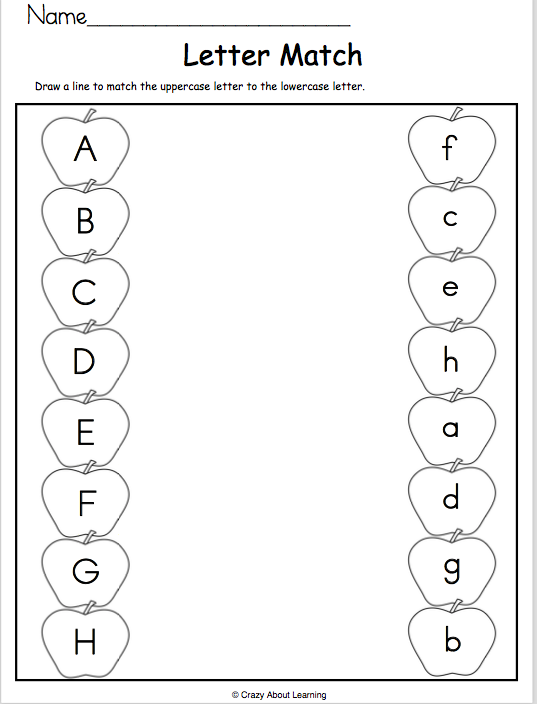
- It will be easier to learn the simplest vowels "А", "О", "У", "И" at the initial stage, so start learning with them. Pronounce them correctly, as if "singing". In the future, this will greatly help when you teach your child to compose syllables. nine0020
- It is necessary to teach the child to pronounce not the name of the letter - "EM", "ES", "JE", but its pronunciation, the sound "MMMM", "SS", "LJ".
- Start studying consonants with "B", "P", "M", "N", "T", "G", "K". It is better to learn the pinching consonants "Ч", "Ш", "Ш" last, especially if their pronunciation causes difficulties for the baby.
- Don't hurry! If your child has trouble remembering certain letters, take a break. Come back to them after a while.
- We study letters not only when you study at home, but also on the street, while walking. Invite the young student to recognize already familiar letters on signs, in store names. nine0020
Learn more about these and other recommendations in a separate article at the link.